Explain Why Plants Absorb Different Wavelengthsof Light
That light energy excites electrons in the molecule. Plants on the rainforest floor must be able to absorb any bit of light that comes through because the taller trees block most of the sunlight Figure 5.
Do Plant Absorbs Blue Colour Light During Photosynthesis Quora
The reason for this is that chloroplasts can only absorb certain wavelengths of light because of.

. For instance plants appear green to us because they contain many chlorophyll a and b molecules which reflect green light. Whereas green only had 5 leaves float. Plants absorb both red and purple light waves however because purple wavelengths.
In the absorption spectrum it can be shown that red light and violet light are the most absorbed whereas green light is most commonly reflected. Plants can absorb a number of different length light waves although not all of them are equal in power or energy which influences a plants growth. The leaves of a plant are green because the chlorophyll within them absorb all other wavelengths of light and reflects green light.
It is not good at absorbing green wave lengths so the green light is reflected. Explain why chlorophyll appears green to us in terms of what happens to different wavelengths of light that strike a chlorophyll molecule. This is why the sky is blue.
Each pigment can absorb different wavelengths of light which allows the. The color observed of the pigment is the color of wavelengths of light that are reflected. These pigment molecules mainly absorb red and blue wavelengths meaning photosynthesis occurs at a higher rate at these wavelengths.
The color of the pigment does not matter in terms of how light energy is absorbed. White pigments reflect most of the wavelengths striking them. Different pigments absorb different wavelengths of light.
Figure 5 Plants that commonly grow in the shade benefit from having a variety of light-absorbing pigments. The green colour of plants comes from chlorophyll A. These pigments include two types of chlorophyll and a group of pigments known as carotenoids.
Green the reason chlorophyll is known as a green pigment is because it absorbs. Herein why do plants absorb different wavelengths of light. So that property is the ability to absorb all colors that is wavelengths of light except green which it reflects and we can see with our eyes.
Explain how the wavelengths absorbed and reflected determine the color of a pigment. When the suns light passes through the atmosphere the blue light is scattered. Other organisms grow in competition for light.
Chlorophyll A has the highest absorption at 430 nm and 660 nm while chlorophyll B has the highest absorption at 450 nm and 640 nm Figure 2. Green is typically not absorbed which is why plants appear green meaning photosynthetic rates are low under this condition. Visible light falls between 400 and 700 nanometers.
Chlorophyll a the primary pigment of most plants appears green. You will notice that chlorophyll absorbs a lot of blue light quite a bit of red-orange. The different wavelengths depict different color of light and absorb various amount of light lead to different amount of oxygen production.
In a plant the molecule that absorbs light is chlorophyll where elections get excited exactly by the energy in blue and red light. Black pigments absorb all wavelengths of visible light that strike them. The energy to excite certain molecules is associated with a particular colour.
Click to see full answer. Plants have pigments that absorb light energy for photosynthesis. The wavelengths that the pigment does not absorb are the ones that are reflected and thus the ones that we see and.
Chlorophyll the green pigment common to all photosynthetic cells absorbs all wavelengths of visible light except green which it reflects. The energy is then used for photosynthesis. Depending on the energy level occupied by a given electron in a certain part of the molecule and the availability of a higher energy level into which that electron might be promoted it is possible to get that.
Approximately 80 of light that reaches a leaf is absorbed and depending on its wavelength may excite chlorophyll pigments reference text book. The green pigment chlorophyll restricts the efficiency of photosynthesis. The pigments that each plant species has are adaptations to where and how they live.
The color of the pigment corresponds to the wavelength of light it reflects. Pigments are substances that absorb light. The color of the pigment only determines what color the pigment will reflect.
This is why plants appear green to us. It has to do with the details of the electronic orbital structure encircling the various parts of the pigment molecule and the bonds between the atoms in the molecule. Different species of plant contain different amounts of these pigments.
Chlorophyll absorbs all wavelengths of light except. This pigment absorbs the red and blue light gaining their energy for photosynthesis. Plants in fact do grow faster under certain colors of light.
What wavelengths of light does chlorophyll a absorb best. An object we see as black absorbs all of the light energy and does not reflect any of it. Heres a diagram that illustrates the absorption of different wavelengths of light by chlorophyll which is green and carotenoids which are orange like carrots.
Absorption of light by plants between the wavelength 750 - 850 nm is important. In conclusion different wavelengths of light do affect the rate of photosynthesis because some wavelengths such as red and blue are absorbed and used by the plant whereas others like the green light are reflected. A pigment is a substance that reflects some wavelengths of visible light while absorbing others.
There are other colours of light available and some plants have other pigments to absorb those other wavelengths and their energy. The pigments of the plant can only absorb certain photons of light. This is the opposite of the wavelengths absorbed.
This is where plant phytochromes absorb to sense redfarred intensity. Light is absorbed by various pigments in the leaf mainly chlorophyll. Chlorophyll traps and abosorbs red wavelengths of light and blue indigo violet wavelengths at light.
The set of wavelengths absorbed by a pigment is its absorption spectrum. The set of wavelengths that a pigment doesnt absorb are reflected and the reflected light is what we see as color. These wavelengths correspond to the blue and red parts of the spectrum respectively.

What Is The Best Light Spectrum For Plant Growth

Wavelengths Of Light And Photosynthetic Pigments Article Khan Academy
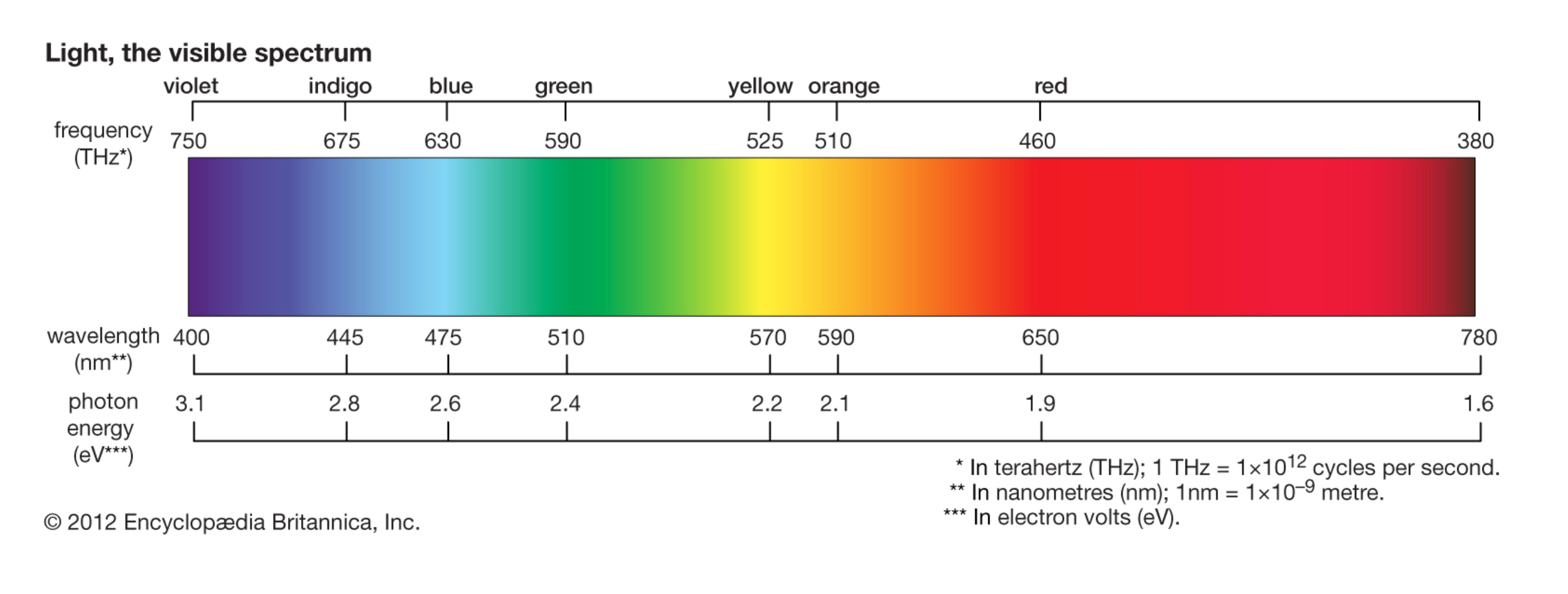
The Visible Wavelength Range And Its Impact On Plant Growth Light Science Technologies

Building The Soil Food Web With Quantum Growth And Microbelife Photosynthetic Bacteria Bacteria Food Web Photosynthesis

Learn Grow Lighting Basics Migrolight
Discover How Led Lighting Color Spectrum Affects Plant Growth
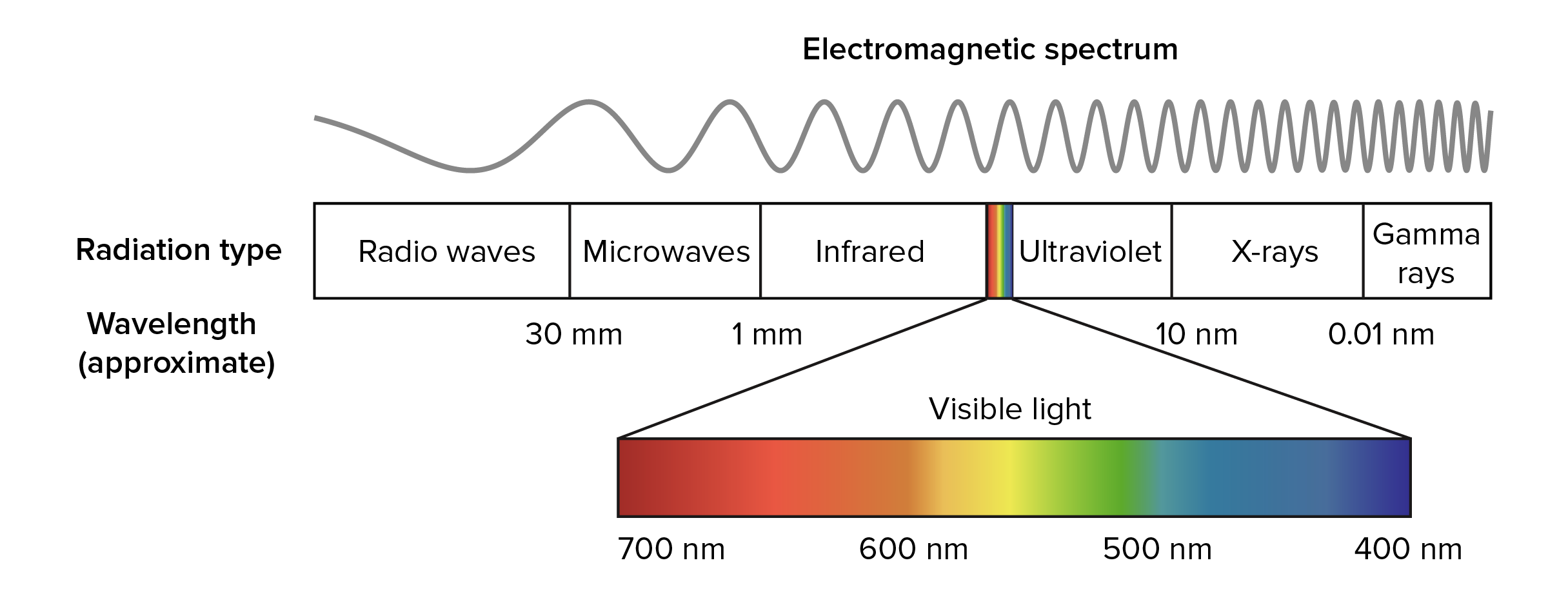
Wavelengths Of Light And Photosynthetic Pigments Article Khan Academy
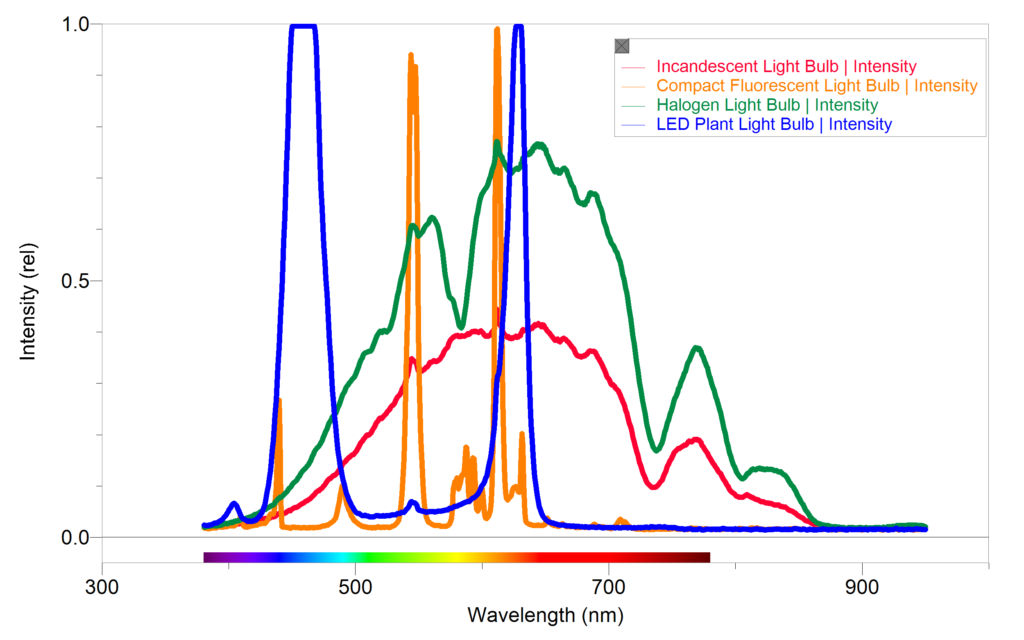
What Are The Best Light Sources For Photosynthesis Vernier

Optics How Do Plants Absorb Different Rates Of Light Physics Stack Exchange

Discover How Led Lighting Color Spectrum Affects Plant Growth
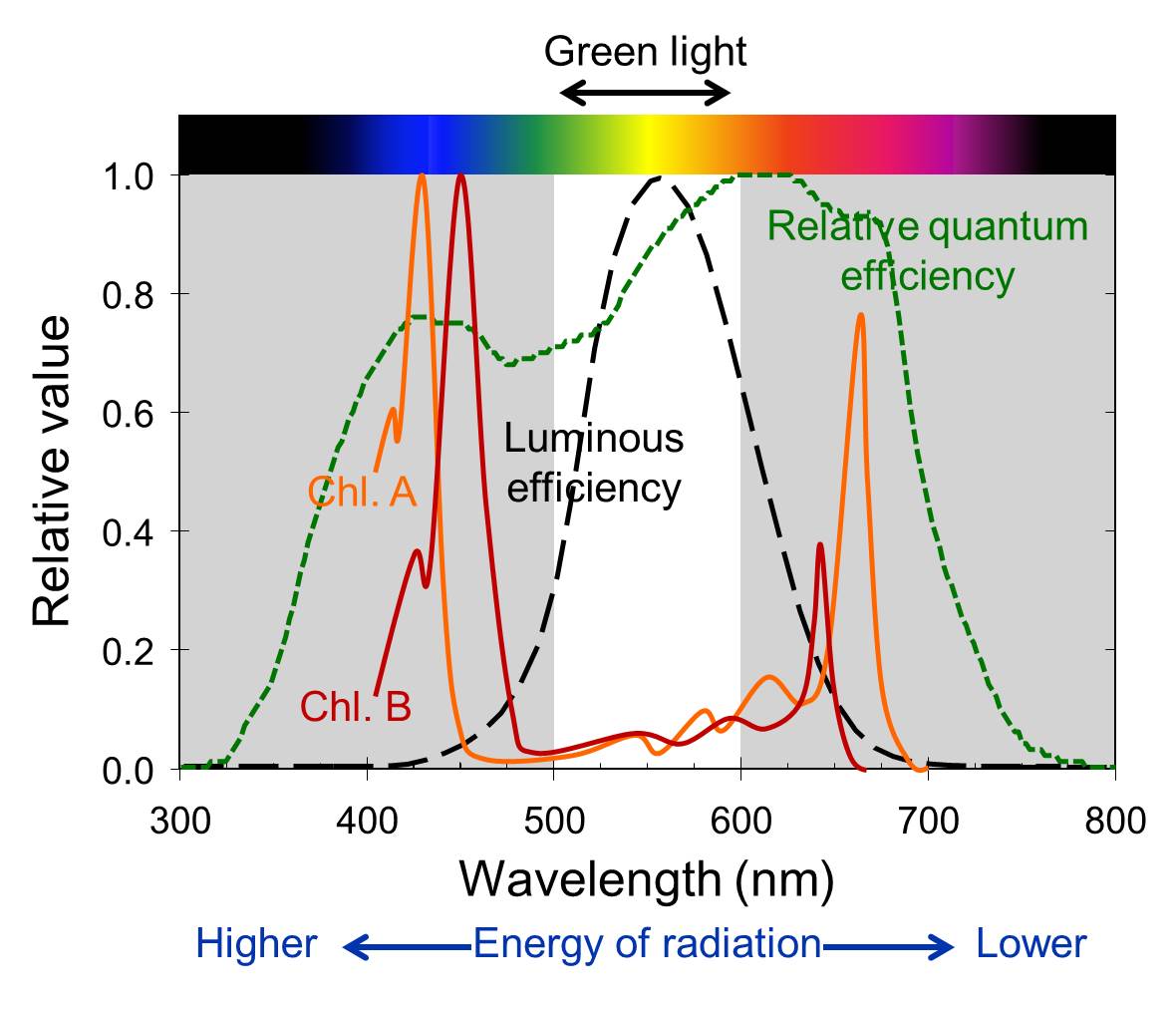
Growing Plants With Green Light Greenhouse Product News
Introduction To Photosynthesis
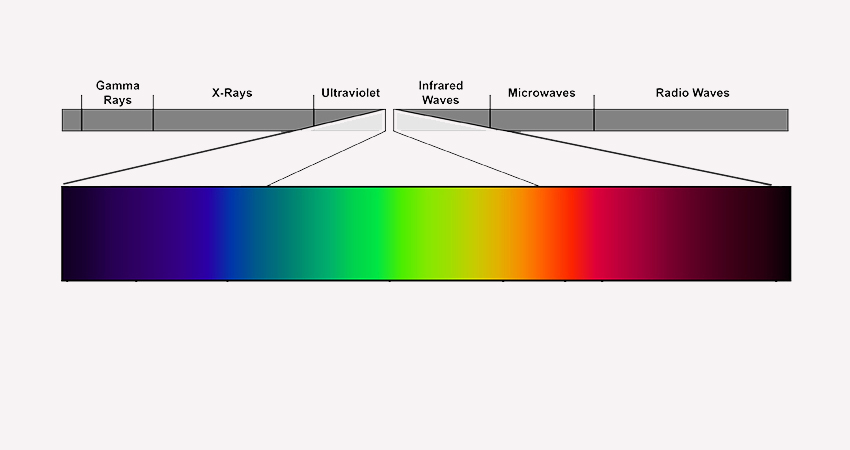
The Most Comprehensive Information About The Effect Of All Kinds Of Colour Light On Plants Atop Led Grow Light Agc Lighting
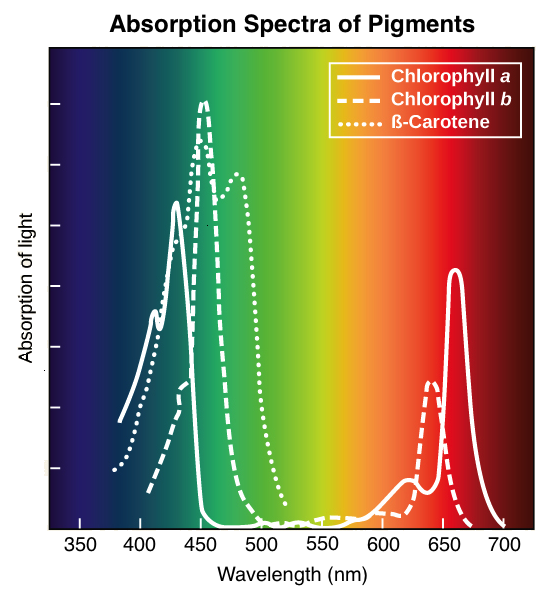
Wavelengths Of Light And Photosynthetic Pigments Article Khan Academy
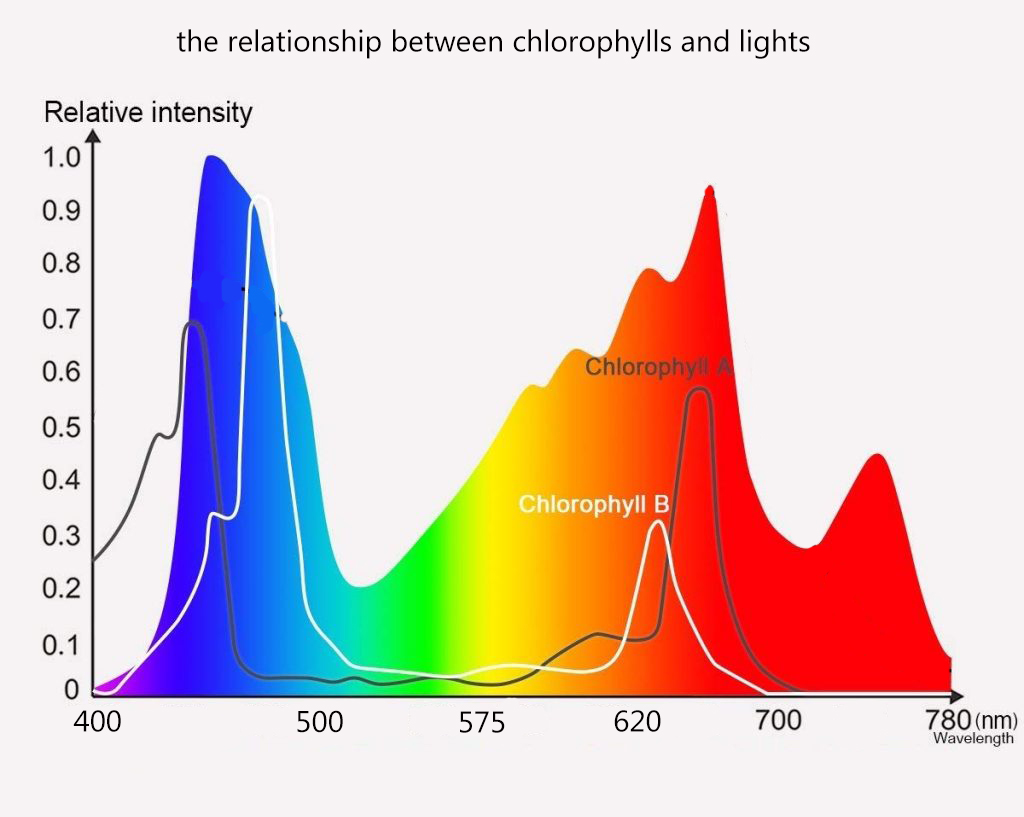
The Most Comprehensive Information About The Effect Of All Kinds Of Colour Light On Plants Atop Led Grow Light Agc Lighting
Introduction To Photosynthesis

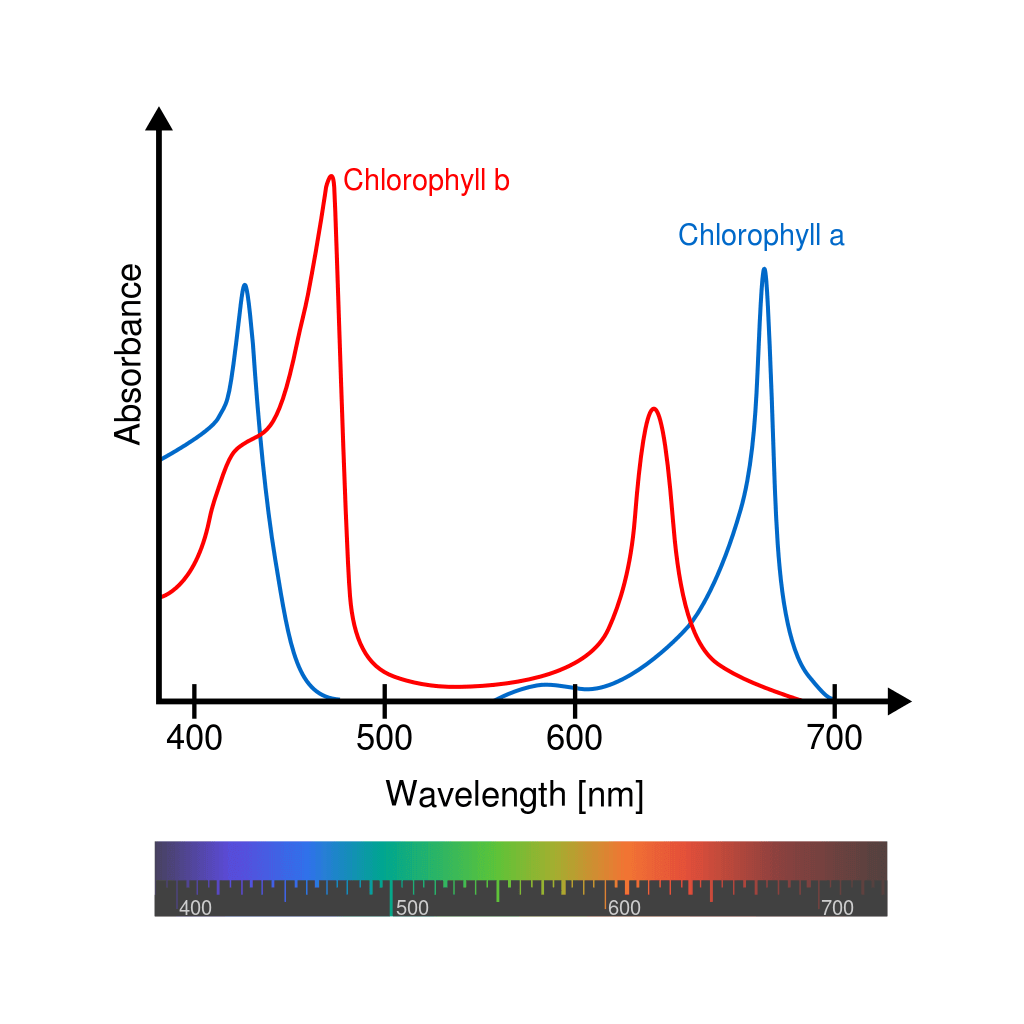
Comments
Post a Comment